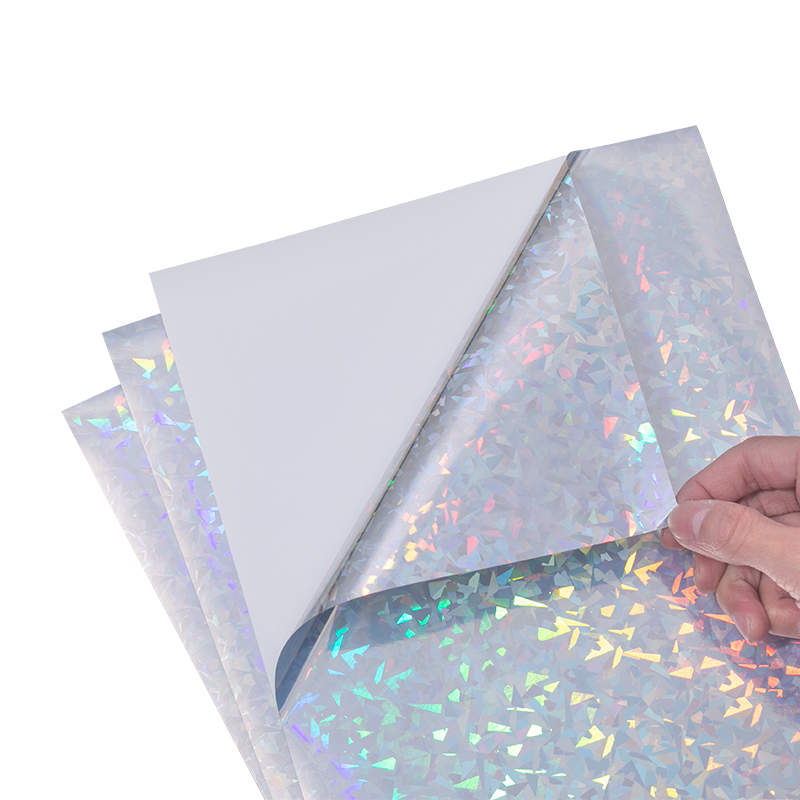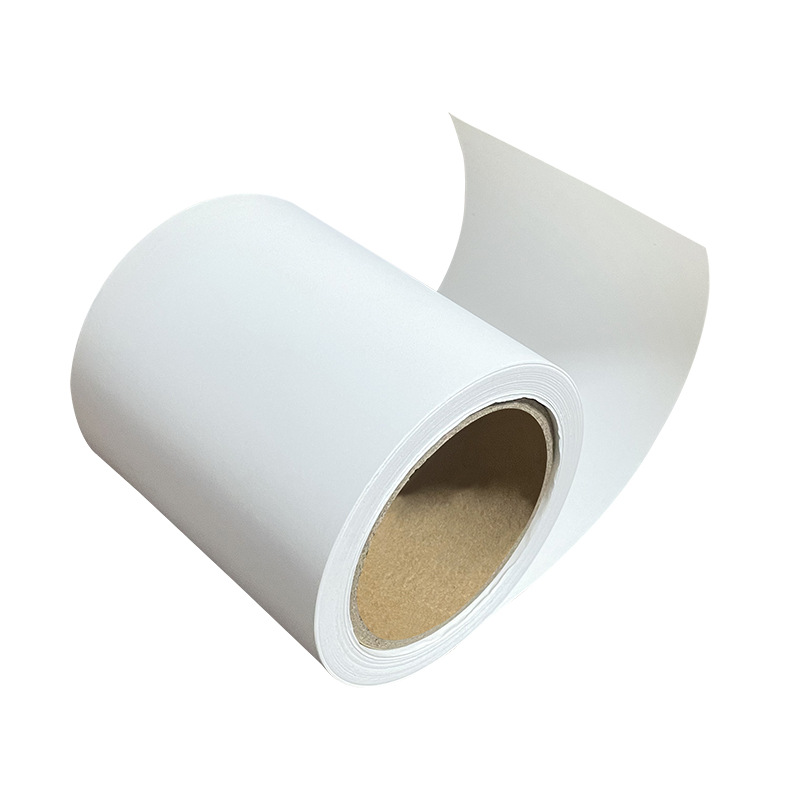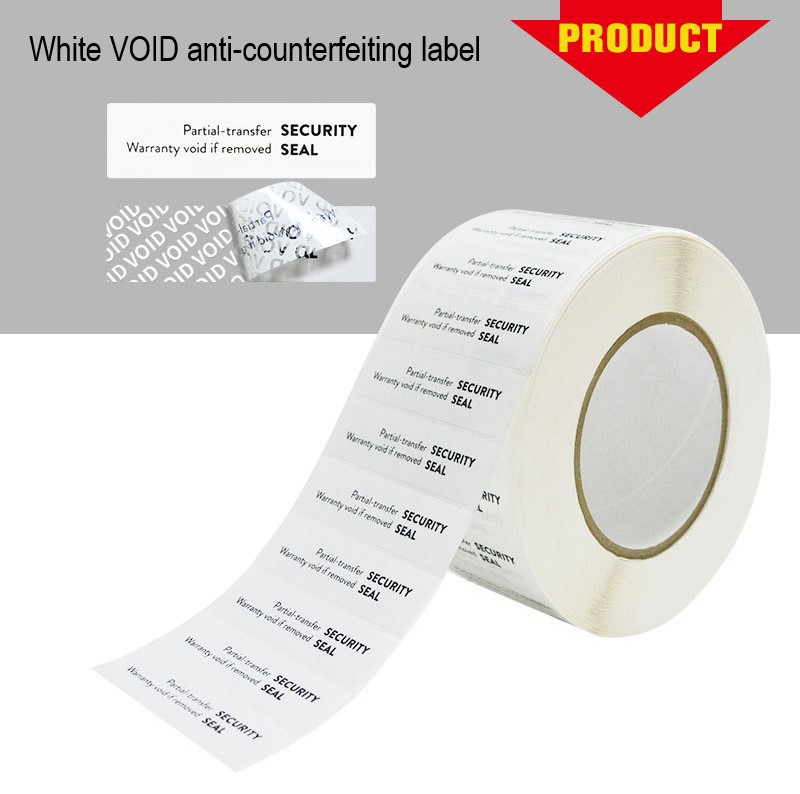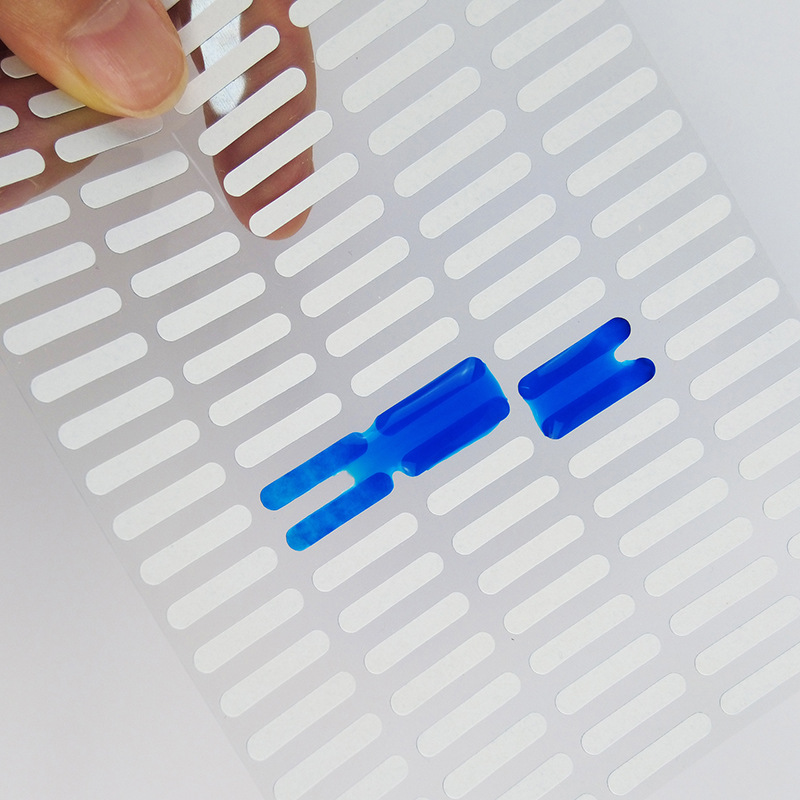
Types of automotive industry labels
The application of labels on cars has become an essential part, and some barcode markings on cars play an irreplaceable role in quality control traceability, mainly including the following types:
01) Glass label: Glass labels have high transparency and should not easily bubble when attached to transparent glass. They are removable and have no residue. Good glass labels can accompany cars for life, have a beautiful appearance, enhance brand image, and have good applications in 4S stores and glass factories
02) Outer box labels: Outer box labels mainly include logistics labels, plastic box labels, component packaging, etc. They generally have the characteristics of scratch resistance, high clarity, strong adhesion, waterproof and moisture-proof, and are widely used in the automotive parts supply chain, traceability and other aspects
03) High temperature label: As the name suggests, high temperature labels have the characteristic of high temperature resistance. For some circuit boards, metal parts, chemical resistance, wave soldering, reflow soldering and other high temperature processes, they are widely used in automotive engines, air conditioning compressors, etc
04) Fabric label: The strong adhesion of fabric labels is determined by their adhesive properties, but after printing, they can be easily peeled off from low paper (achieving automatic peeling after printing). They have good applications in car seats, foot mats, child seats, headrests, and other areas
05) Oil sticker label: Oil sticker labels also have strong adhesion characteristics, can withstand oil stains, and can stick to areas with oil stains for a long time without falling off. They are widely used in oil contaminated accessories, such as fuel pumps, oil pumps, brake valves, gaskets, etc
06) Cable label: The characteristics of cable labels are that they cannot be sewn, do not leak glue, are resistant to oil stains, and are resistant to friction. They are widely used in cables, wire harnesses, ignition wires, electrical power lines, etc., and can also identify circuits
07) Tire vulcanization label: Vulcanization label is a type of label mainly used on car tires. It accompanies the entire life cycle of the tire, does not deform, does not fade, is waterproof, acid and alkali resistant, and is an essential accessory for car tires
08) Waterproof and oil resistant labels: Waterproof and oil resistant labels can withstand harsh environments and are mostly made of PET material printed with resin ribbon, ensuring the clarity and durability of the identification. They are widely used in nameplates, specification and model descriptions, warning labels, and other aspects
09) Laser etched labels: Laser etched labels have excellent durability, chemical resistance, and environmental resistance. They have excellent performance in barcode tracking and tracing, brand description, UV protection, and other aspects! Mainly used for engine labeling and product traceability anti-counterfeiting
10) Warning signs: Warning signs come in various materials and adhesive formulas, depending on the usage environment. The material of the label can be divided into two forms: lifelong companionship or user tearing. They are widely used in car stickers, decals, body stickers, fuel filler stickers, anti rear end collision stickers, and other aspects

Ship Aviation Label
Navigation aids are the abbreviation for navigational aids, which indicate the direction, boundaries, and obstacles of the waterway, including river crossing markers, coastal markers, navigation markers, transitional markers, head and tail navigation markers, side markers, left and right navigation markers, positioning markers, flood markers, and bridge and culvert markers. It is an artificial sign that helps guide ships in navigation, locate and mark obstacles, and indicate warnings.
Lamp language (light communication) is a universal language for communication between ships, widely used internationally. The term 'lantern language' has a long history. In the era when communication was not yet developed, lantern language played a crucial role in the field of navigation. Using the flicker frequency of lights to transmit information in binary Morse code can help crew members communicate with each other at a greater visual distance.
The signal lights of ships are divided into two types according to their purposes: navigation lights and general signal lights. The turning on and off time of traffic lights is generally based on the time limit of sunset and sunrise.
Ships need safety signs
A navigation mark that floats on the surface of the water. Anchor to the bottom of the water with anchor chains to fix the position. Buoys are widely used and their function is to indicate the range of navigation channels, indicate shallow waters or obstacles that endanger navigation safety. A buoy set up in waters that are navigable day and night, equipped with luminous lamps, is called a light buoy.
Buoys can be divided into offshore buoys and inland buoys according to the water area they are deployed in. The basic shapes of offshore buoys include tank shaped, conical, cylindrical, rod shaped, etc. Due to the influence of wind, waves, and tides, buoys have a certain range of float movement and cannot be used as markers for determining ship positions. If a flexible rod shaped buoy is used, its position will be accurate and it can be reset after being hit. Inland river buoys include drum shaped buoys, triangular buoys, rod shaped buoys, cross flow buoys, and left and right navigation buoys. The shape, color, top label, and light color of the buoy are made according to the prescribed standards and have certain meanings.
In 1971, the Technical Committee of the International Association of Navigational Aids classified various sea buoys into two systems, A and B. The A system is a combination of side signs (facing the port in red on the left) and directional signs; The B system is a side marker system (facing the port in red on the right). The 10th International Navigation Standards Conference in 1980 merged the A and B systems into a unified system, including five types of signs: side signs, directional signs, isolated dangerous goods signs, safe water area signs, and special signs. The side signs indicate opposite content in systems A and B, while the other four signs are consistent. Directional markers are set up in the four quadrants of the true azimuth, northwest to northeast, northeast to southeast, southeast to southwest, and southwest to northwest, centered around dangerous objects or hazardous areas. They respectively indicate the north, east, south, and west positions, and mark the navigable waters on the same named side of the directional markers. The isolated dangerous goods sign is placed on the dangerous goods or as close as possible to the dangerous goods, indicating that the ship should avoid navigation. The safety water area sign is located in the center or centerline of the waterway, and all areas around the sign are navigable. Special signs are used to indicate a specific water area or feature, such as quarantine anchorages, restricted areas, offshore operations, etc.
European countries, African countries, and the Gulf region, as well as some Asian countries and Australia and New Zealand, adopt the A system, known as the A region; The countries in the Americas, Japan, South Korea, and the Philippines adopt the B system, known as the B region. China adopts the A system. How much to put? I couldn't find it. I'm not sure why you put the floating marker ball on the sea
We offer comprehensive technical support, including free professional labeling solutions, advice on label materials and adhesive selection, as well as online/offline assistance from professional software and hardware engineers. Service email: andy@ownlikes.cn. In pre-sales, we leverage our extensive experience in specialty labeling projects to provide clients with the most suitable hardware solutions. Additionally, all our label barcode printers and scanners come with a three-year free warranty, demonstrating our confidence in our products.






This site is protected by reCAPTCHA and the Google Privacy Policy and Terms of Service apply.